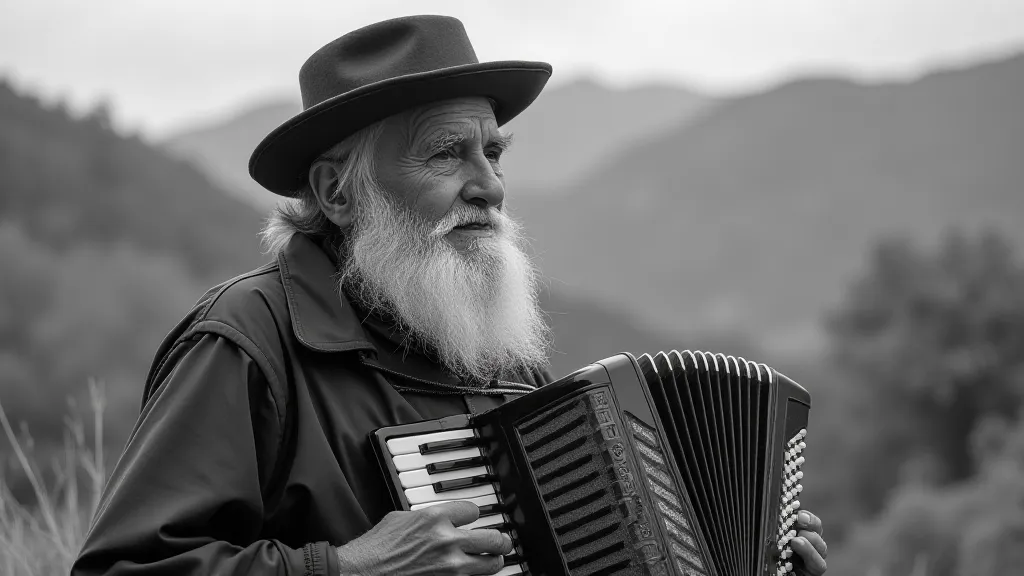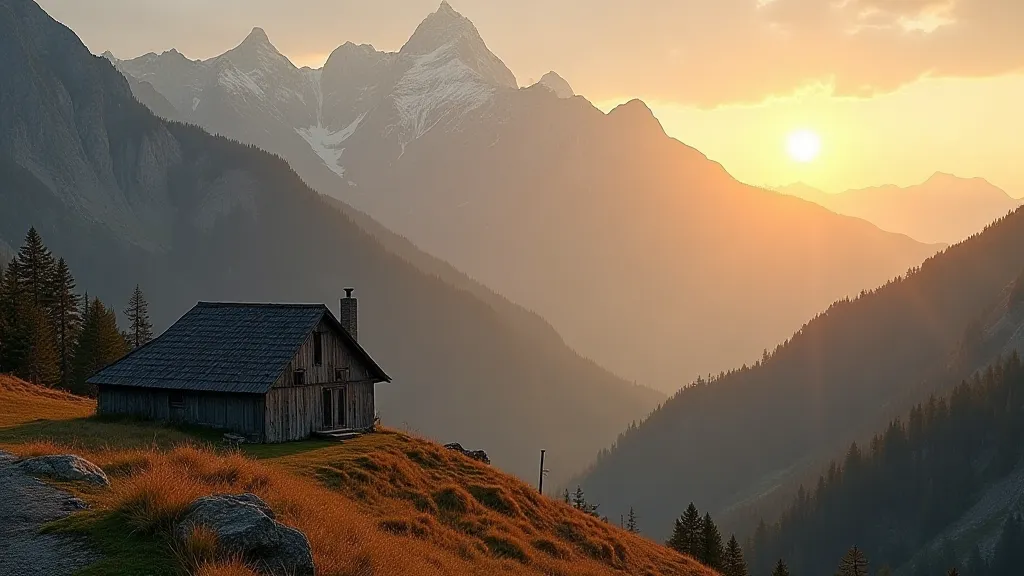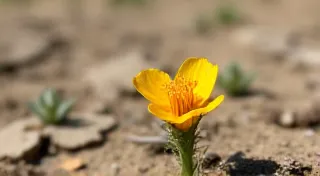The Cartography of Sound: Mapping Melodic Evolution Across Mountain Ranges
Imagine a map, not of political boundaries or plotted roads, but of sound. A cartography of melody, charting the journeys of folk music across formidable landscapes, over whispering valleys and through the silent scrutiny of towering mountain ranges. This isn't a static record; it’s a living, breathing document, constantly redrawn by the hands of musicians and the echoes of generations. The story it tells is a profound one – a testament to human resilience, cultural exchange, and the surprising power of isolation. For centuries, mountain ranges haven’t merely separated people; they’ve sculpted their music, creating variations on themes, isolating melodies, and forging unique sonic identities.
Consider the accordion, for example. It's an instrument intrinsically linked to the human yearning for connection – often heard echoing across vast distances, carrying messages of love, loss, and longing. Its journey itself mirrors this musical migration. Born in the burgeoning industrial heartland of 19th-century Europe, the early accordion quickly traversed borders, finding fertile ground in the folk traditions of countless nations. But the mountains… the mountains changed it.

The Echoes of Isolation: Melodic Fractures
When communities become geographically isolated – nestled in high-altitude valleys or tucked behind impassable peaks – musical traditions begin to diverge. The very act of surviving in such environments necessitates a certain musical conservatism. Melodies are repeated, variations are subtle, and the focus shifts to preserving the cultural memory of the community. Think of the isolated shepherds of the Pyrenees, their plaintive flute tunes passed down through countless generations, subtly different in each village, yet undeniably connected by a shared lineage. The original melodies, born perhaps from the bustling marketplaces of lower lands, become distilled into something more austere, more evocative of the harsh beauty of their mountain home.
This isn't a case of degeneration; it’s an evolution driven by necessity. With limited interaction with other musical traditions, the nuances of performance—a slight shift in ornamentation, a different phrasing, even a change in tuning—become incredibly significant. These small changes, magnified over time, create distinct regional styles. The accordion, travelling with these isolated communities, absorbed these regional nuances, its repertoire shifting to reflect the specific cultural narratives of its adopted home. A German accordion carried by a family migrating to the Austrian Alps, for example, would have its musical identity slowly reshaped, adopting local melodies and harmonic structures.
The Dance of Interaction: Harmonizing Across Borders
Of course, isolation isn't the whole story. Mountains, while formidable barriers, are also pathways. Narrow passes, ancient trade routes, and even the occasional act of intrepid exploration can facilitate cultural exchange. When these exchanges occur, the results can be surprisingly vibrant. A traveling musician might introduce a new chord progression, a new rhythmic pattern, or a new instrument. These borrowed elements are then integrated into the existing musical landscape, creating hybrid styles that are both familiar and surprising.
Consider the Balkans, a region defined by its mountainous terrain and its long history of cultural interaction. Ottoman influences, Slavic traditions, and Germanic melodies have all intertwined, creating a musical tapestry unlike any other. The accordion, a relative newcomer to the region, rapidly assimilated into this complex mix, picking up influences from across the cultural spectrum. Its versatility—capable of mimicking the sounds of the traditional *gaida* (Bulgarian bagpipes) or the plaintive sounds of the *kaval* (a type of flute)—allowed it to become a vital part of the Balkan folk music scene.

The Craftsmanship of Memory: A Collector’s Perspective
For those of us drawn to the preservation of folk traditions, these instruments – these antique accordions, particularly – hold a profound significance. They aren’t merely objects; they are vessels of memory, tangible links to the past. The meticulous craftsmanship of these instruments – the hand-carved bellows, the carefully tuned reeds – speaks volumes about the values of the communities that created them. Each scratch, each faded varnish mark, tells a story.
Restoration, when undertaken with respect and understanding, can be a powerful act of cultural preservation. However, it's crucial to avoid over-restoration, to retain the authentic character of the instrument, the traces of its history. A pristine, factory-fresh accordion loses something vital—the resonance of its past, the echo of the hands that played it, the weight of the melodies it carried.
Collecting antique folk instruments isn’t about acquiring possessions; it’s about becoming a custodian of cultural heritage. It’s about understanding the history embedded within each instrument, appreciating the skill of the craftspeople who built them, and sharing their stories with others. I recall finding a small, battered accordion at a flea market in Switzerland, its bellows cracked and its keys sticking. It belonged, the seller explained, to a shepherd who had played it for villagers at harvest festivals for over sixty years. That accordion, more than any museum piece, represents the heart of folk music.
Beyond the Notes: The Landscape of Feeling
Ultimately, the cartography of sound isn's just about tracing melodies and analyzing musical styles. It's about understanding the emotional landscape that shaped them. It’s about recognizing that folk music isn't just entertainment; it’s a vital part of human identity, a source of comfort, a means of expressing shared experiences. The mountains, those imposing natural barriers, have paradoxically fostered this sense of community, creating sonic landscapes that are both unique and universally resonant.

The next time you hear the plaintive wail of an accordion echoing across a valley, remember the journey it has taken, the isolation it has endured, and the countless hands that have shaped its melody. Listen not just for the notes, but for the landscape of feeling, the story of human resilience, and the enduring power of folk music to connect us across the divides of geography and time.





